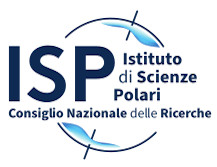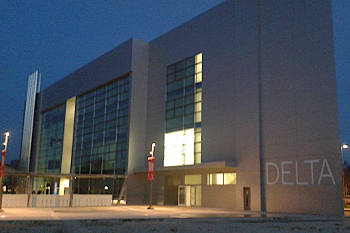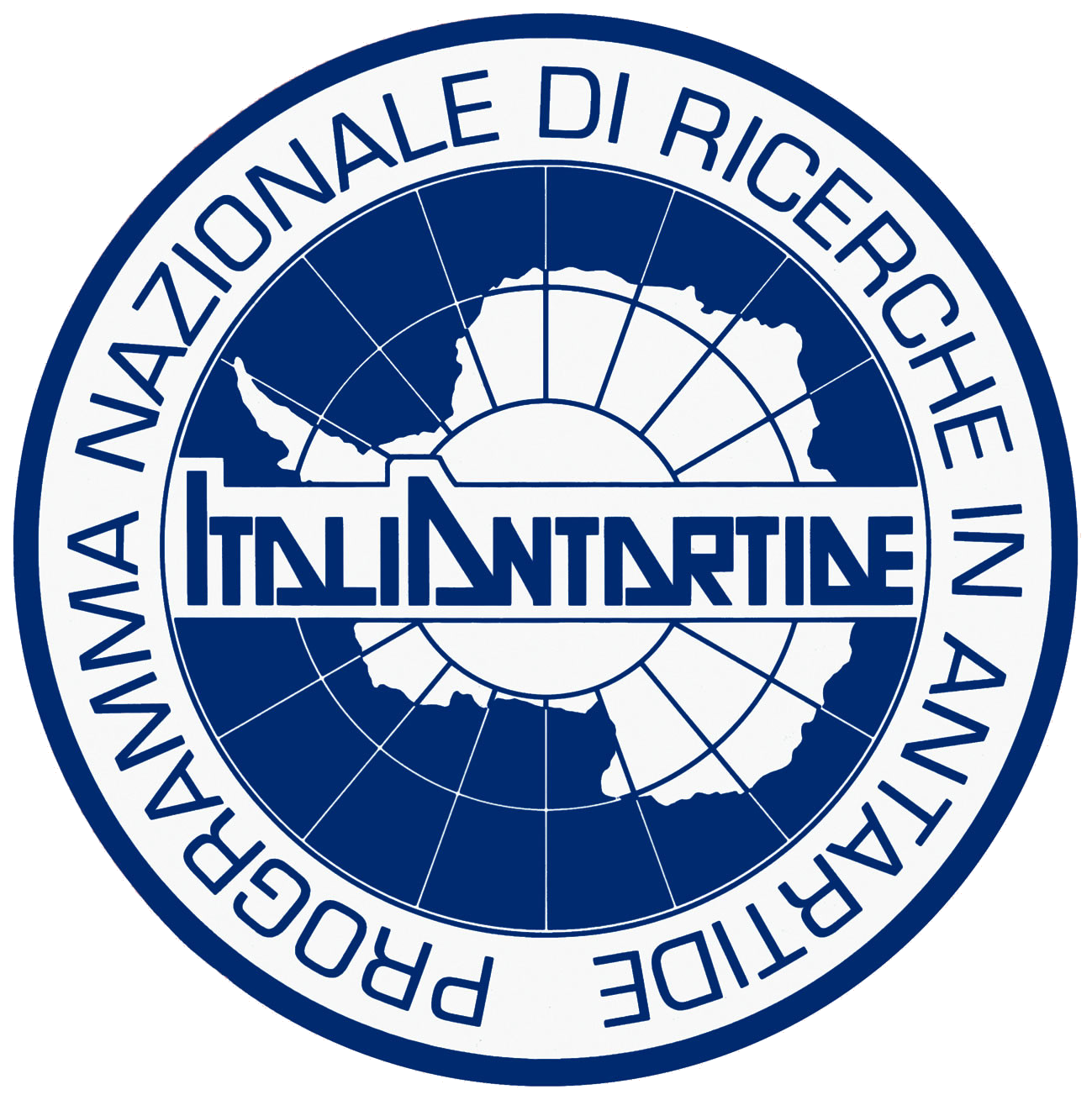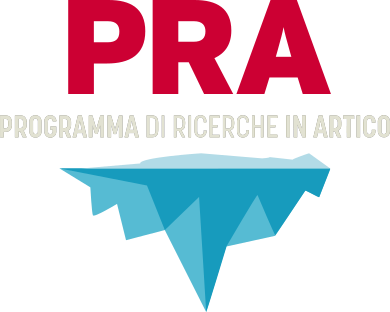Where we are: the Institute of Polar Sciences occupies the 2nd floor of the DELTA building in the new Scientific Campus of Ca’ Foscari University (address: via Torino, 155, Venezia-Mestre). The new Scientific Campus of Mestre is a modern building complex consisting of five new buildings, two existing buildings and a new university residence.
How to find us: GPS coordinates: Lat. 45, 477790 - Long. 12, 254480 - UTM 33N 285419-5039695 - MAP
- by train: Venezia-Mestre railway station, bus Nr. 31H, stop Torino-Università, or bus Nr. 43, stop Torino-Università. From Institute to railway station, bus Nr. 32H, or Nr. 43. Porto Marghera railway station, 10-15 min walk;
- by car: the Institute can be reached by car with the possibility of parking temporarily inside the campus. Coming from Padua, take exit Venezia, 8 min, 5.3 Km;
- by plane: the nearest airport is Venice Marco Polo Airport. From the airport, bus Nr. 15 (to railway station of Venezia-Mestre), then bus Nr. 31H, stop Torino-Università, or Nr. 43, stop Torino-Università.
Headquarters (Venice)
 Ministero dell'Universita e Ricerca
Ministero dell'Universita e Ricerca
Programma Ricerche Artico
Programma Nazionale di Ricerca in Antartide
 Ministero degli Affari Esteri e della Cooperazione Internazionale
Ministero degli Affari Esteri e della Cooperazione Internazionale
L'Italia e l’Artico
L’Italia e l’Antartide
CNR-ISP
National Research Council
Institute of Polar Sciences
c/o Scientific Campus - Ca' Foscari University Venice - Via Torino, 155 - 30172 VENEZIA MESTRE (VE)
Phone: +39 041 2348547 - E-mail: protocollo.isp AT pec.cnr.it
Fax: +39 041 2348 549 - Codice Fiscale: 80054330586 - P.I.:02118311006
Unless otherwise indicated, the content of this site is licensed : Attribution Non Commercial Share Alike 4.0 International (CC BY-NC-SA 4.0)
Privacy policy e Cookie policy - Transparent administration (CNR)









